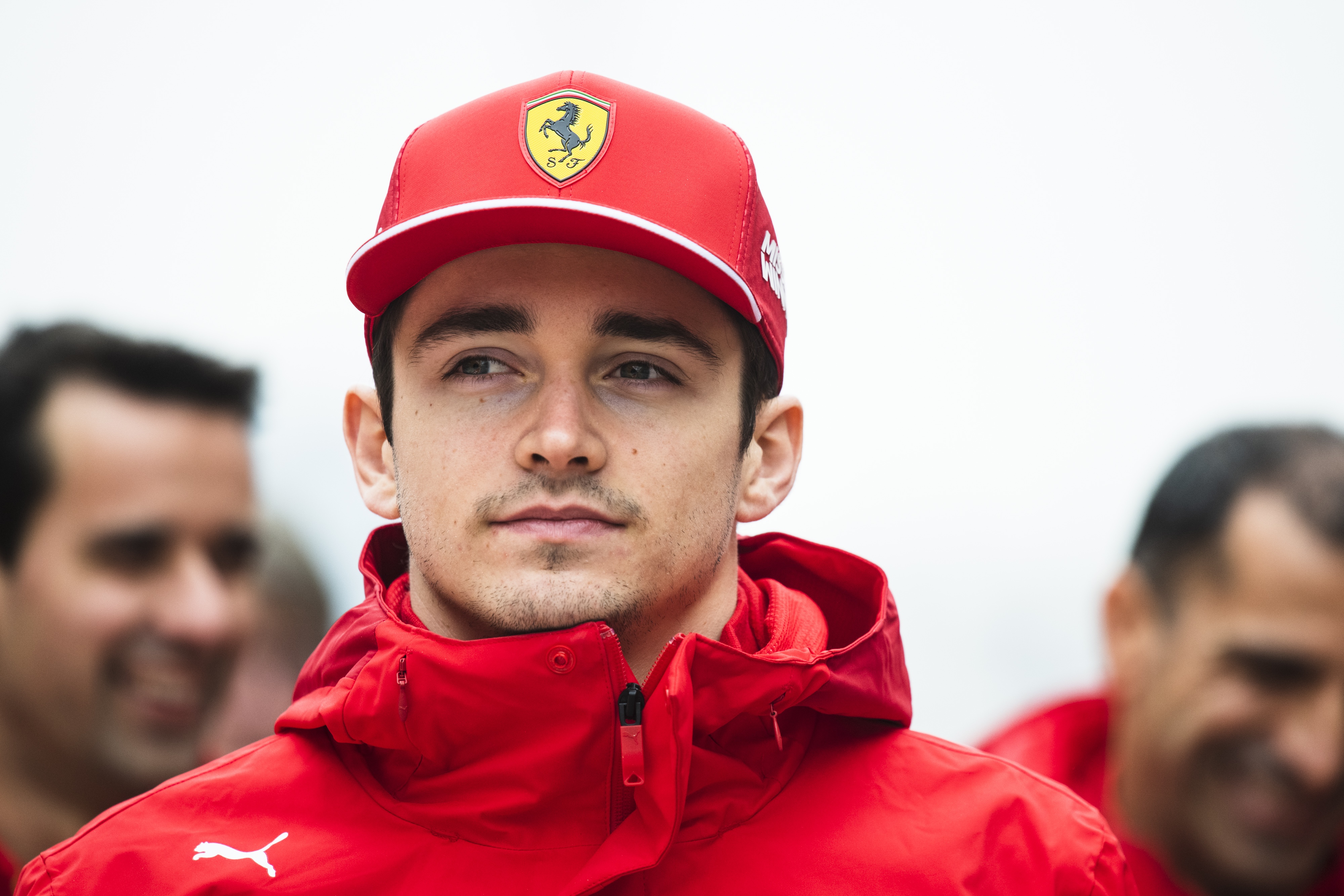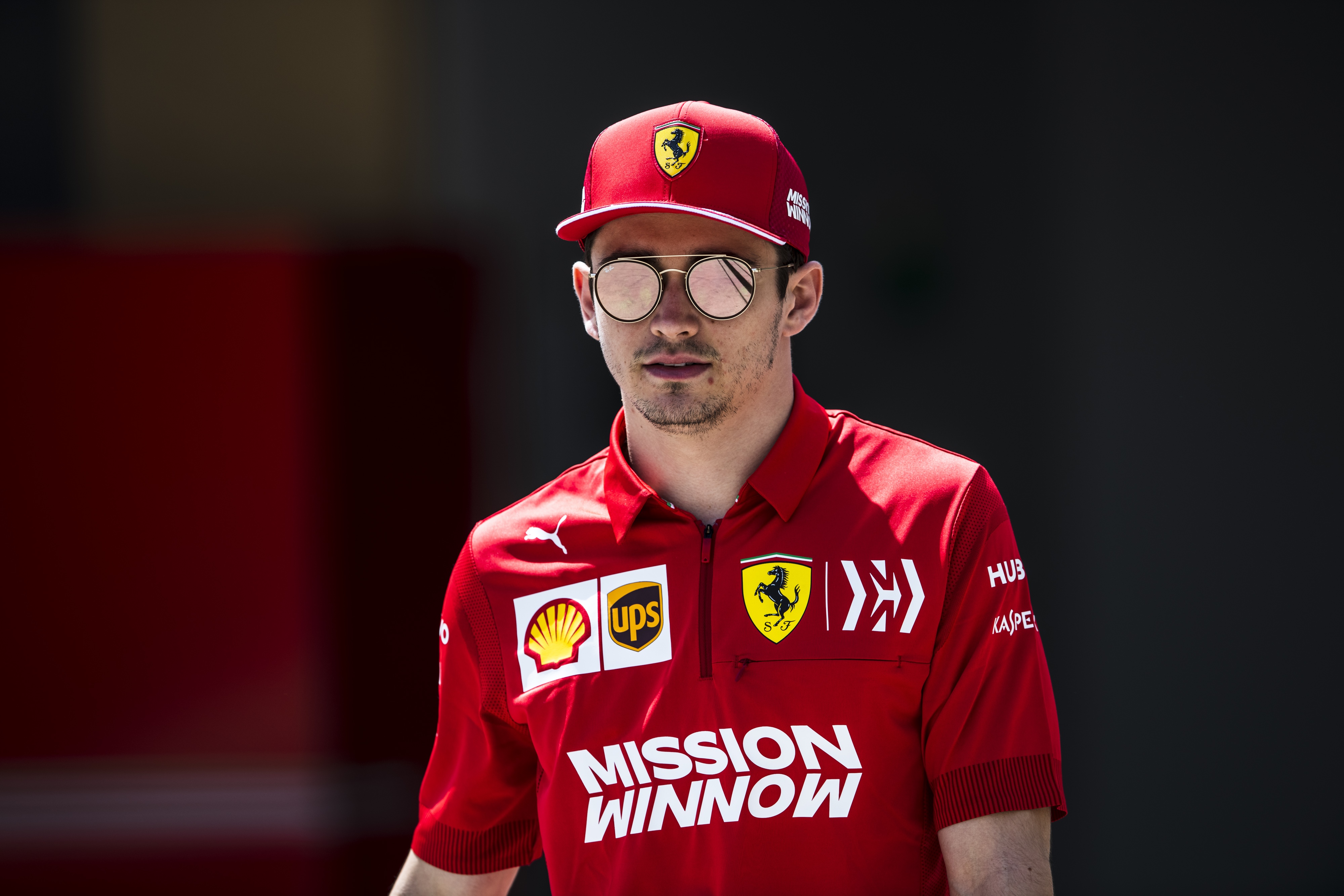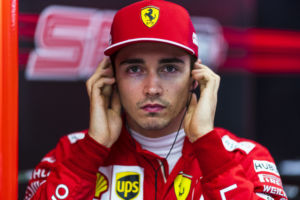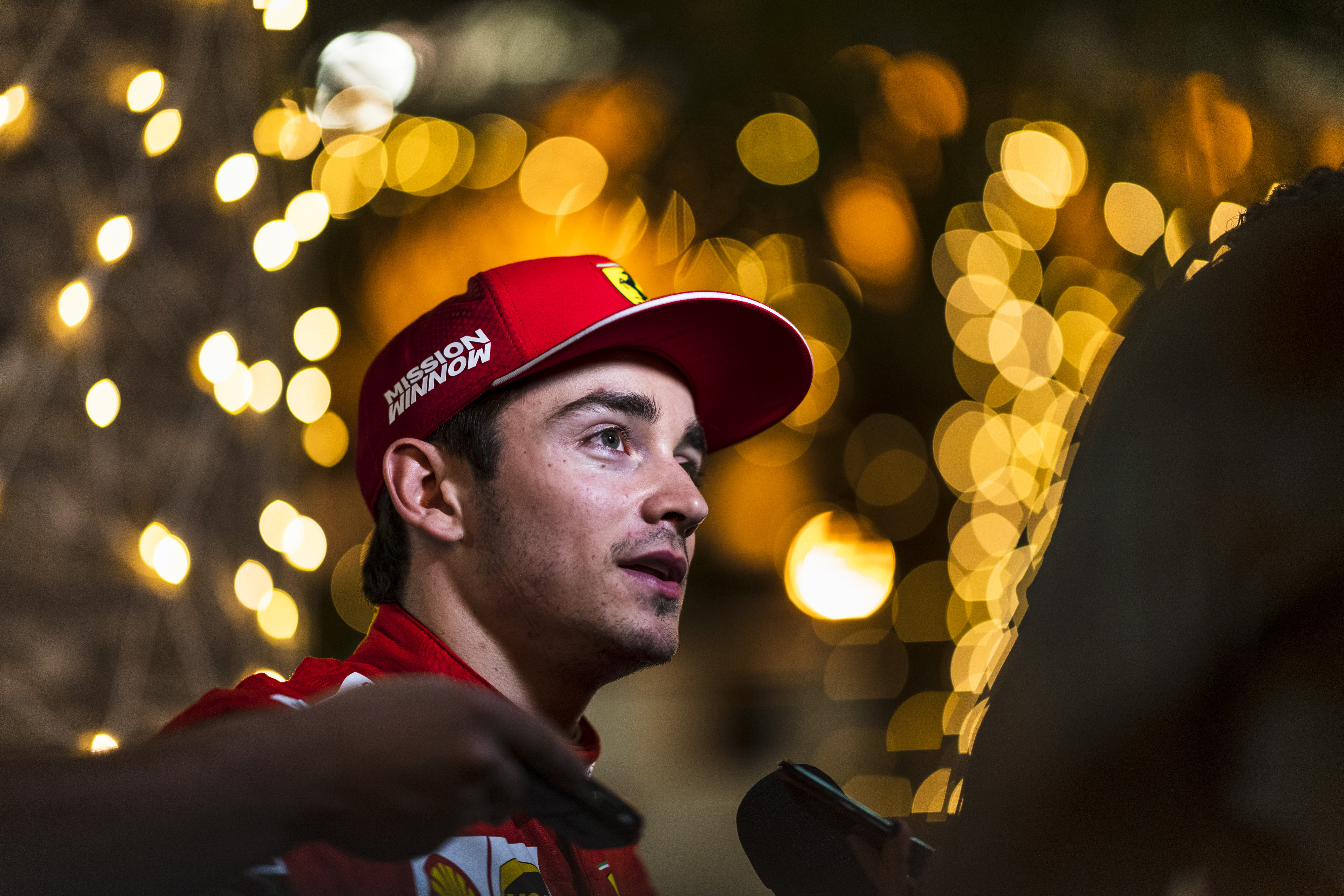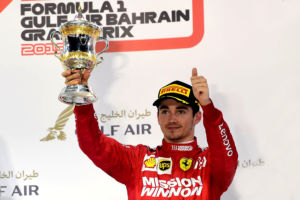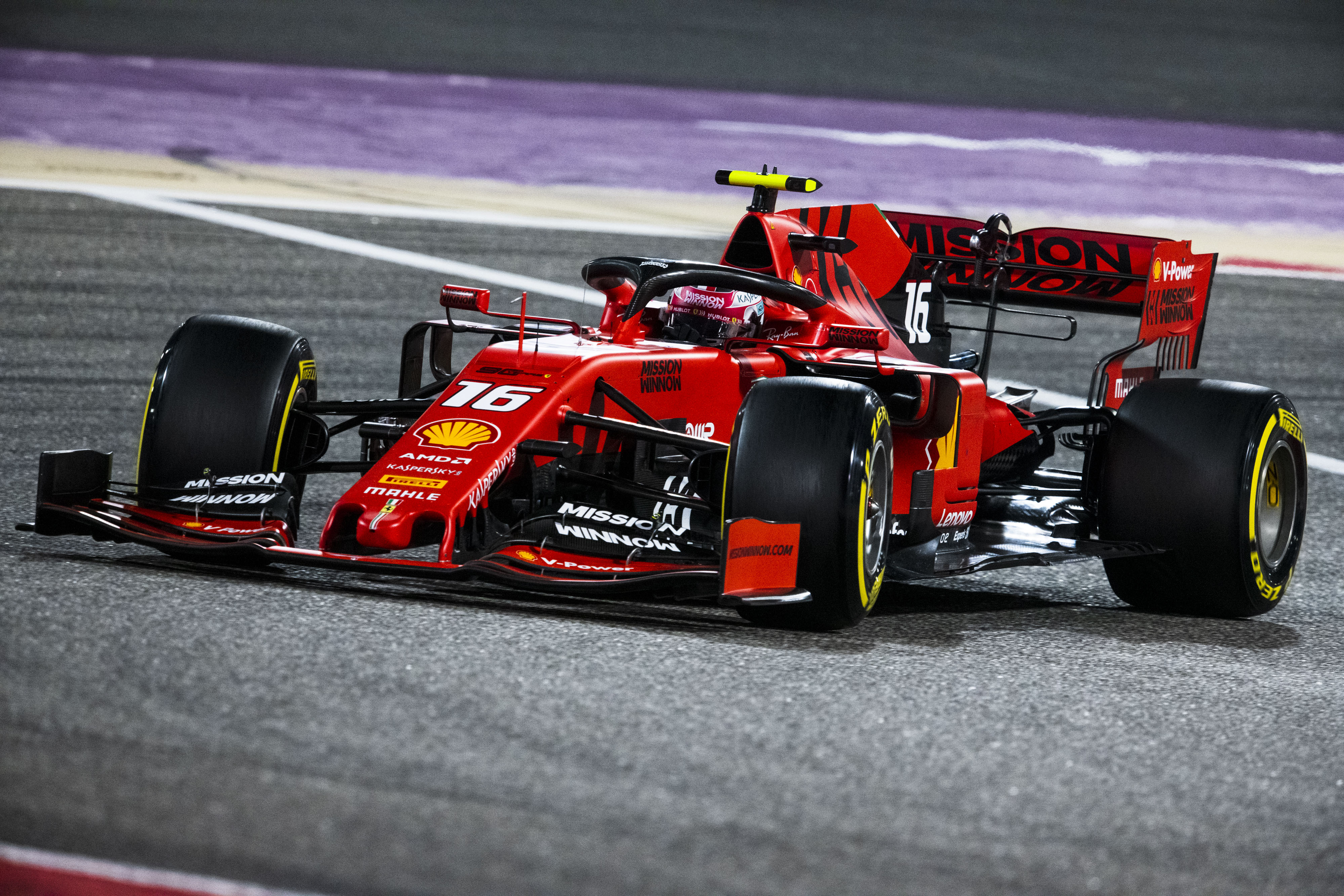Sebastian Vettel drove a storming lap in almost perfect conditions in qualifying at the Circuit Gilles Villeneuve in Montréal on Saturday, clocking a stunning lap time of 1:10.240. It was a new track record and the 56th pole position of the German’s career.
The rest of the grid shaped up with a few surprise results, including Alfa Romeo’s Kimi Räikkönen who was knocked out in Q1 and started in P17. Kevin Magnussen suffered a crash at the infamous Wall of Champions, ruining the lap times of several other drivers in the final moments of Q2, including the Red Bull of Max Verstappen, who was forced to start in 11th place.
As a result of Magnussen’s crash, several repairs were required and the Haas team later announced that he would be starting the race from the pit lane, moving every driver up a place from P10 to P20.
The most surprising result of the day, was Renault’s Daniel Ricciardo, who drove a stunning lap to secure fourth place, his highest qualifying spot with the Enstone-based team so far.
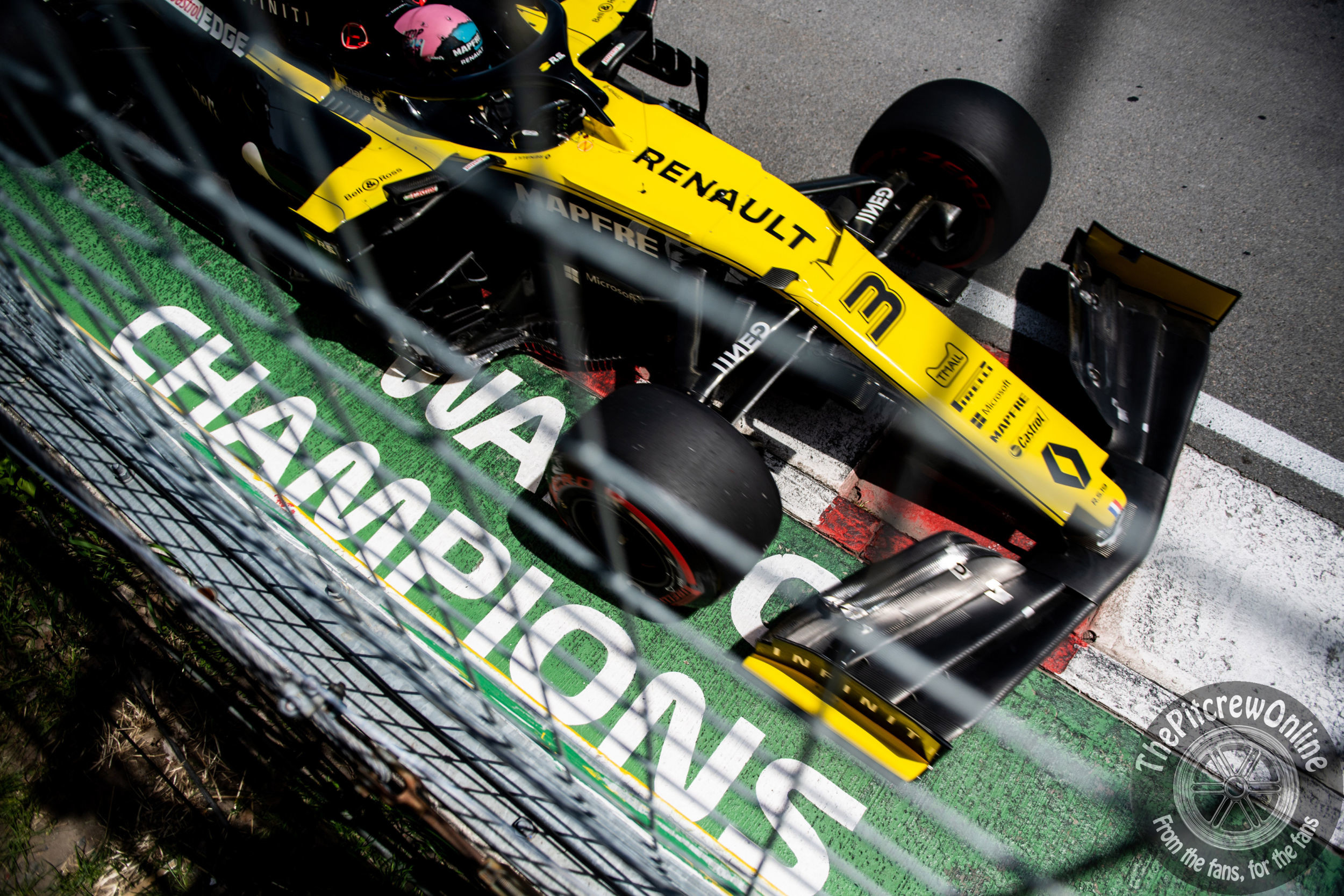
Canadian Grand Prix, Saturday 8th June 2019. Montreal, Canada.
With Vettel leading the pack for Ferrari, current championship leader Lewis Hamilton started alongside him, ahead of Charles Leclerc and Ricciardo on the second row. Both Leclerc and Ricciardo were seeking a strong result after experiencing some bad luck in the first six races of the season.
The race began under blue skies, with Vettel stretching out a 1.2 second lead after the first lap, with the top four retaining their initial positions. Lando Norris and Max Verstappen had an exciting scrap for P8, however by lap nine the McLaren driver had retired from the race, after the sweltering heat affected both his suspension and brakes.
Valtteri Bottas was threatened by Verstappen, with the Dutchman using DRS in an attempt to pass.
Antonio Giovinazzi was extremely lucky and miraculously avoided hitting the Wall of Champions as Hamilton closed the gap to Vettel. The Brit got very close, however he then locked up and lost a chunk of time.
Vettel became the first of the leaders to pit when he came in on lap 26. Mercedes, meanwhile, left Hamilton out on track, feeling there wasn’t a big enough gap between the pair for Hamilton to come out of his stop ahead of the Ferrari driver.
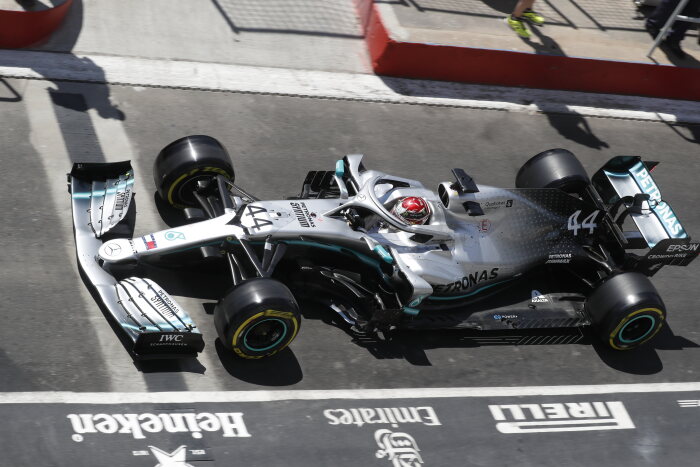
He would pit two laps later, with both Vettel and teammate Leclerc were told to switch to ‘plan B’ of their strategy. On lap 33, Leclerc pitted, however he found himself stuck in traffic alongside Verstappen in the Red Bull.
Other noticeable incidents saw Giovinazzi spin and Hülkenberg speak of his concerns over team radio regarding downshifts in the gearbox. His teammate Ricciardo brilliantly defended his position against Bottas as Leclerc passed Verstappen for third. Hamilton once again closed the gap to Vettel, and by lap 39 the leaders were less than a second apart.
Hamilton went too deep at the hairpin and lost some time, while Vettel went on to post the fastest lap of the race on lap 42.
Further down the field, Pierry Gasly struggled to pass Lance Stroll, who was still racing with the tyres he had started on.
Vettel voiced his concerns about the temperature of his brakes and, on lap 48, went wide on the grass, almost losing the lead of the race to Hamilton. Hamilton reported the incident to his team.
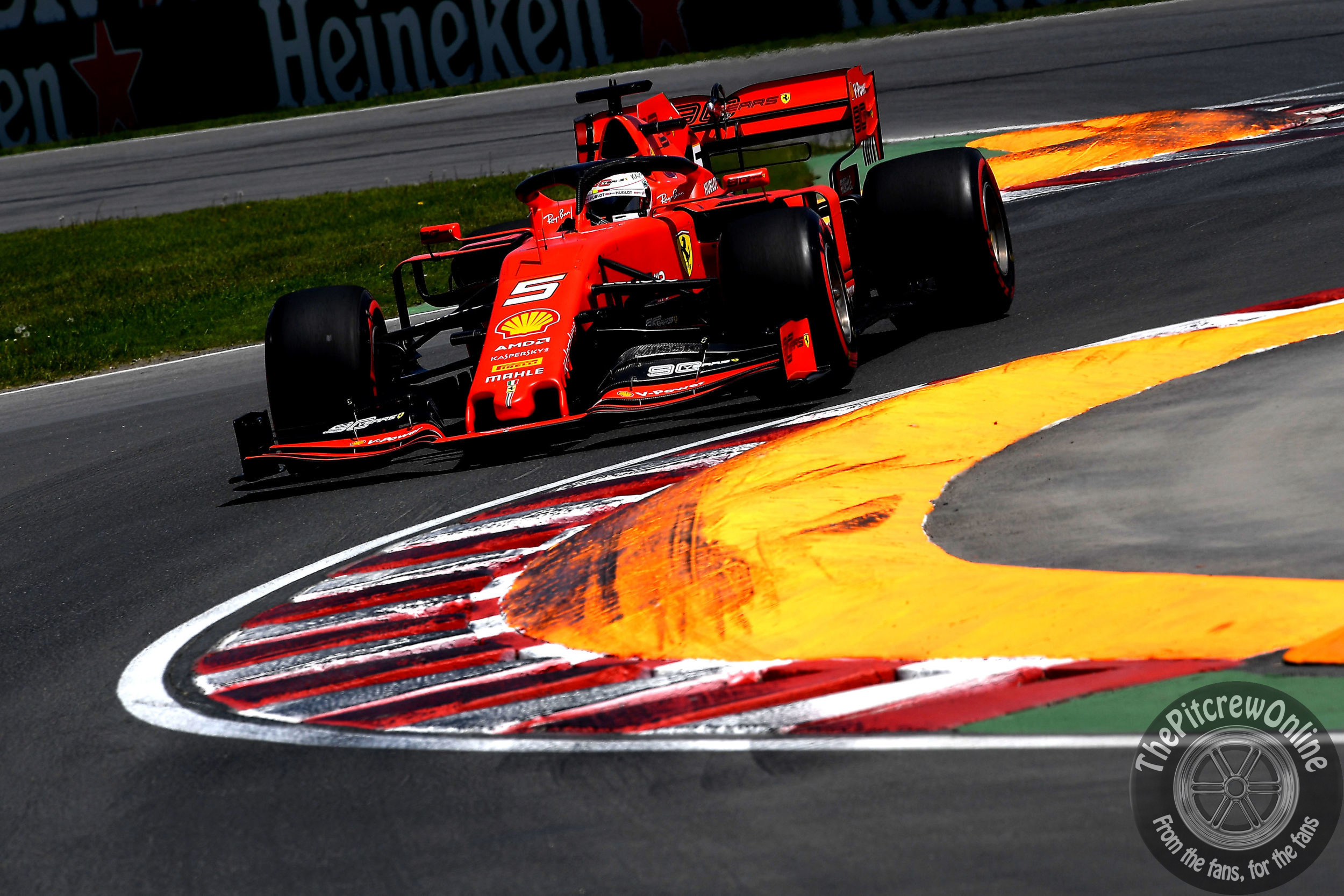
credit: @Scuderia Ferrari Press Office
Verstappen passed both Renaults to take P5 and the stewards announced that they were investigating the incident between Hamilton and Vettel. This resulted in a five-second penalty being given to the Ferrari driver, due to unsafe re-entry and forcing another driver off track. This decision was met with much criticism from the German, stating that the stewards were stealing the victory from him.
With just five laps remaining in the Grand Prix, Toro Rosso’s Albon retired, his car having suffered damage during an early clash with Giovinazzi. Leclerc attempted to catch Hamilton, as Bottas dived into the pits in order to seal a bonus point for the fastest lap. Carlos Sainz lost two more places, to Racing Point driver Stroll and Toro Rosso’s Daniil Kvyat.
Sebastian Vettel crossed the finish line first, however Lewis Hamilton ultimately inherited the victory after Vettel’s five-second penalty. Leclerc managed to close the gap and just missed out in taking second place from his teammate.
The final result also saw Bottas in fourth, Verstappen in fifth and a stellar performance from Daniel Ricciardo secured sixth, with his teammate Hülkenberg just behind. Gasly finished in eighth with Kvyat in tenth and Lance Stroll securing points in P9 at his home race.
Valtteri Bottas snatched the fastest lap of the race with a 1:13:078. Sebastian Vettel was voted driver of the day and in his frustration, after the race, switched the 1st and 2nd place signs in parc fermé. He would also receive two penalty points on his super license.
The 8th round of the 2019 Formula 1 season will begin with Free Practice on the 21st of June at Circuit Paul Ricard for the French Grand Prix.
[Featured image – Scuderia Ferrari Press Office]
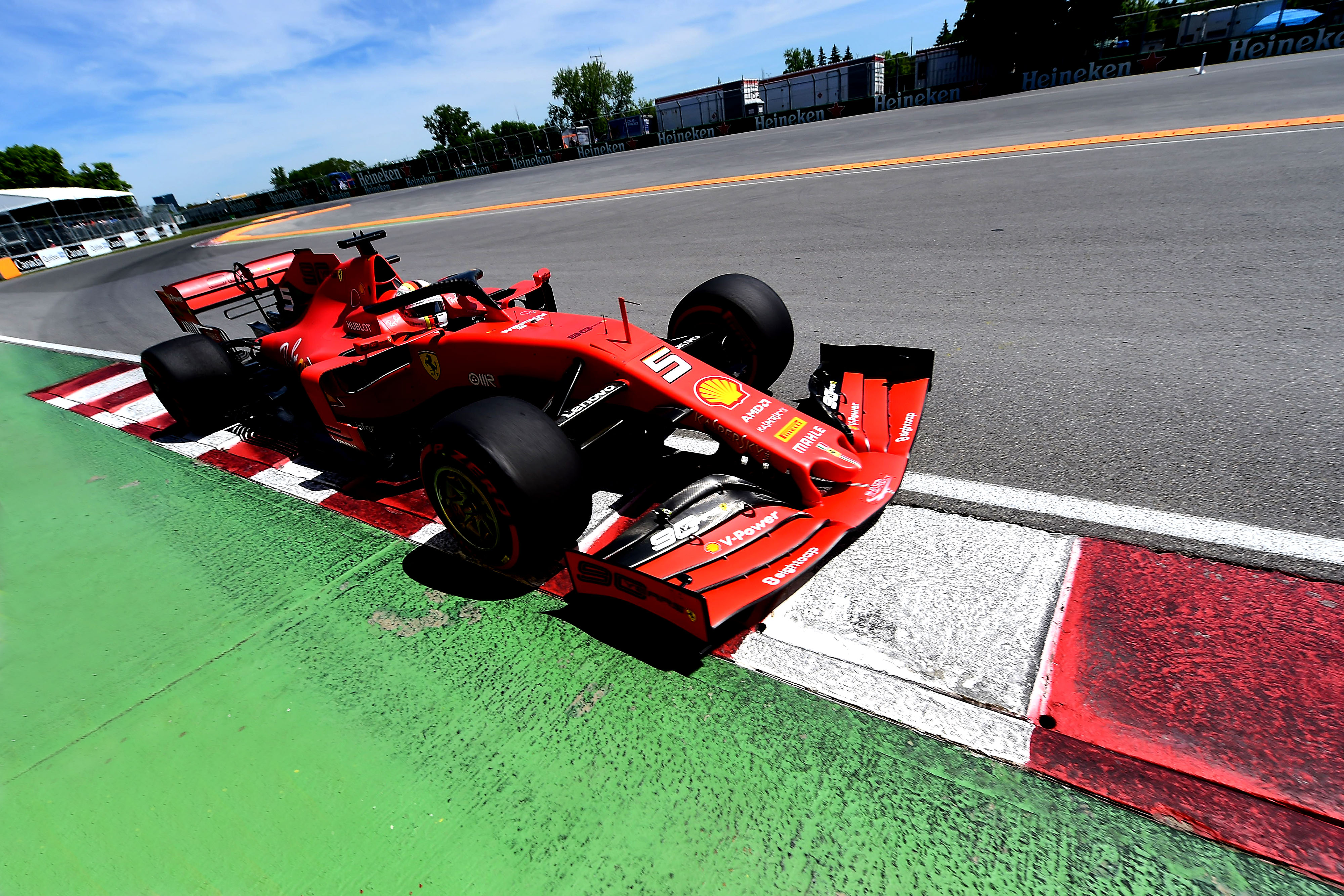
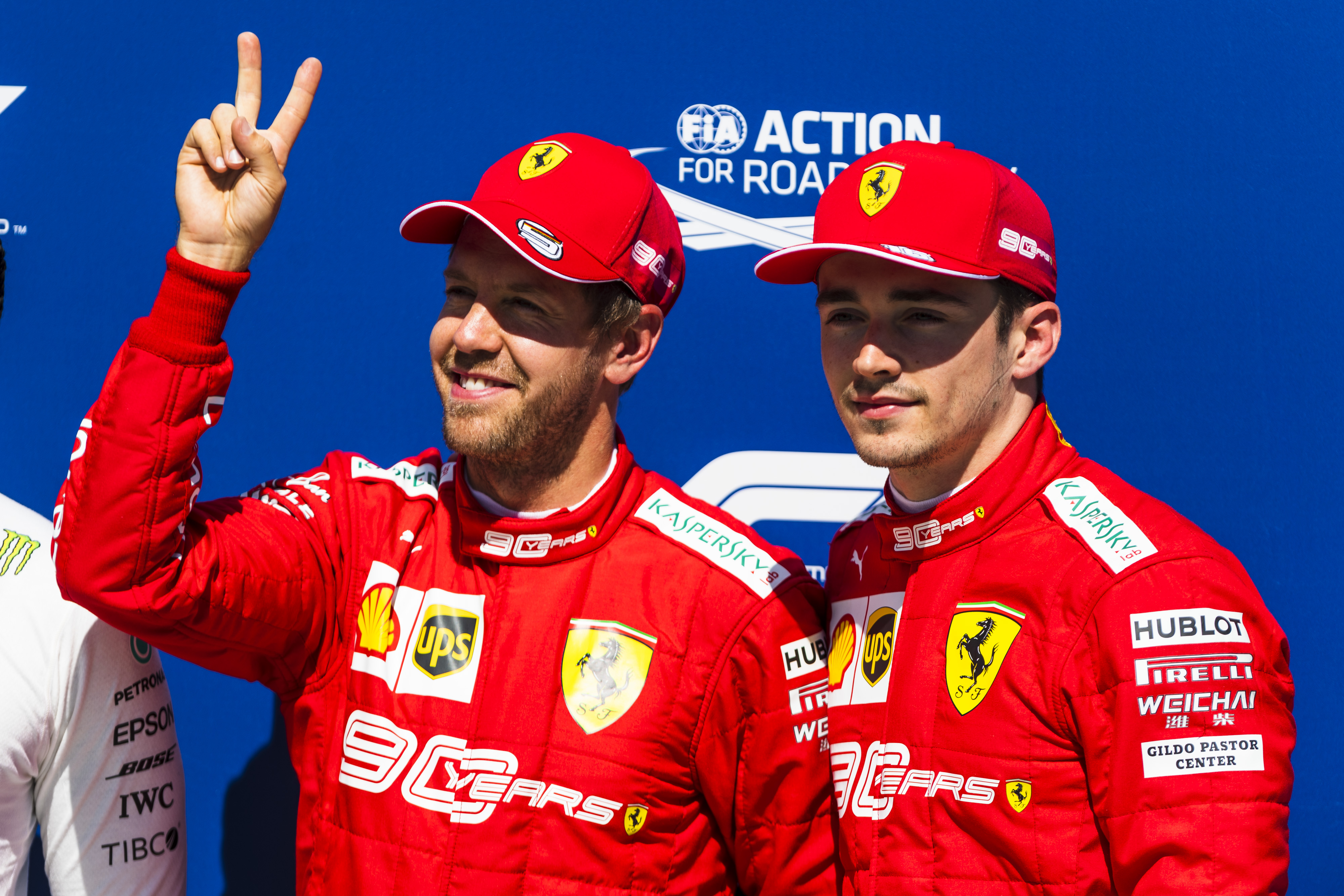
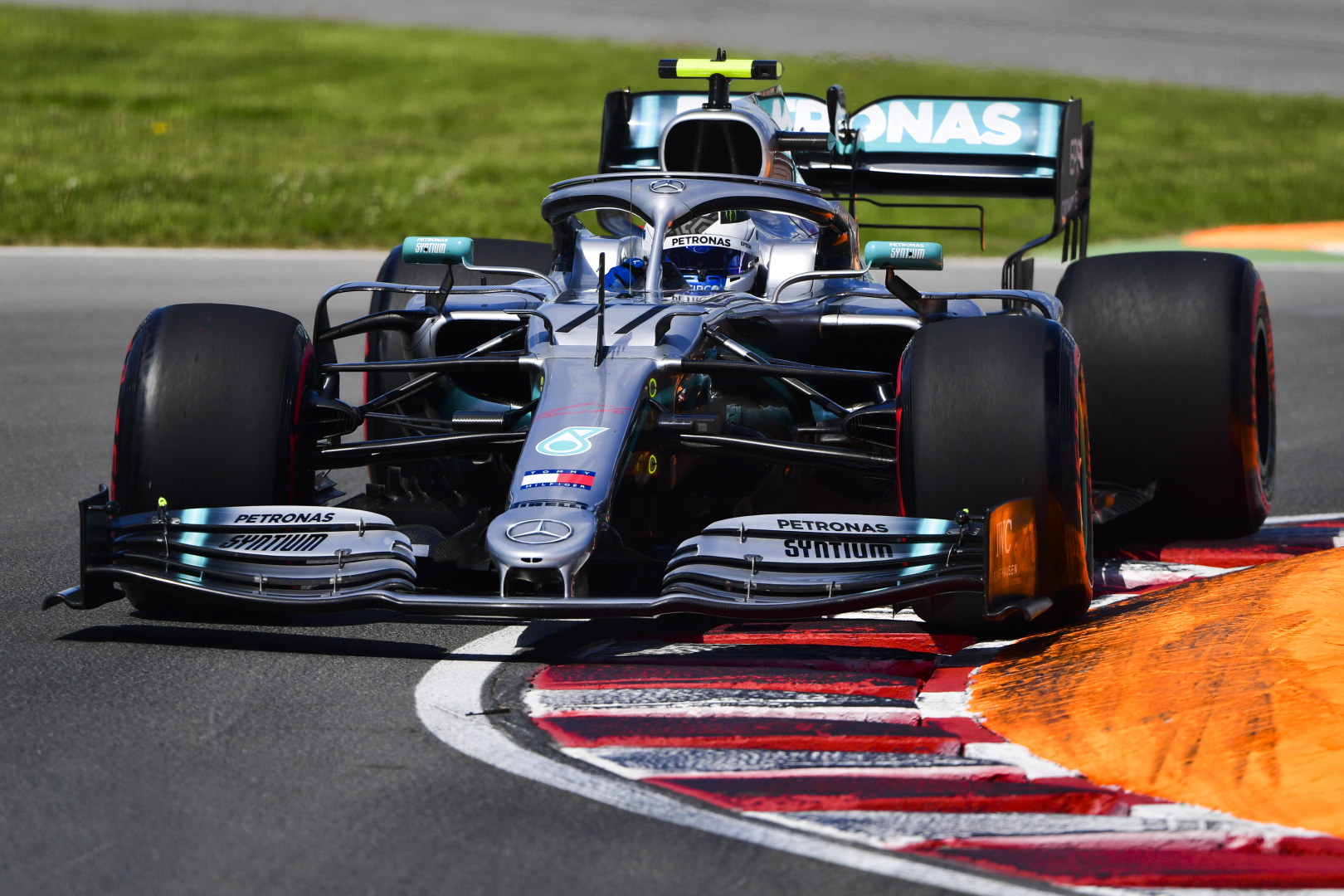
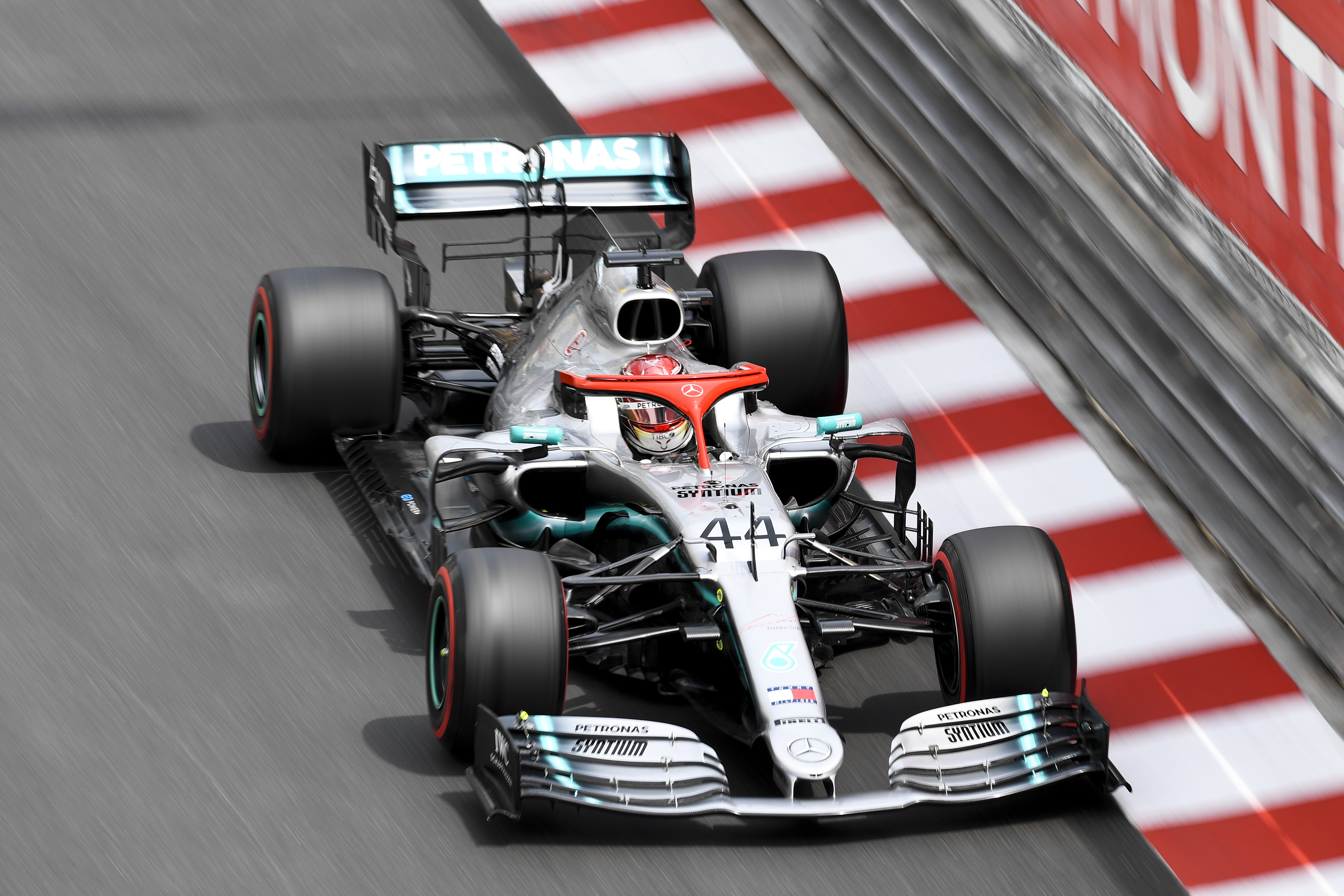
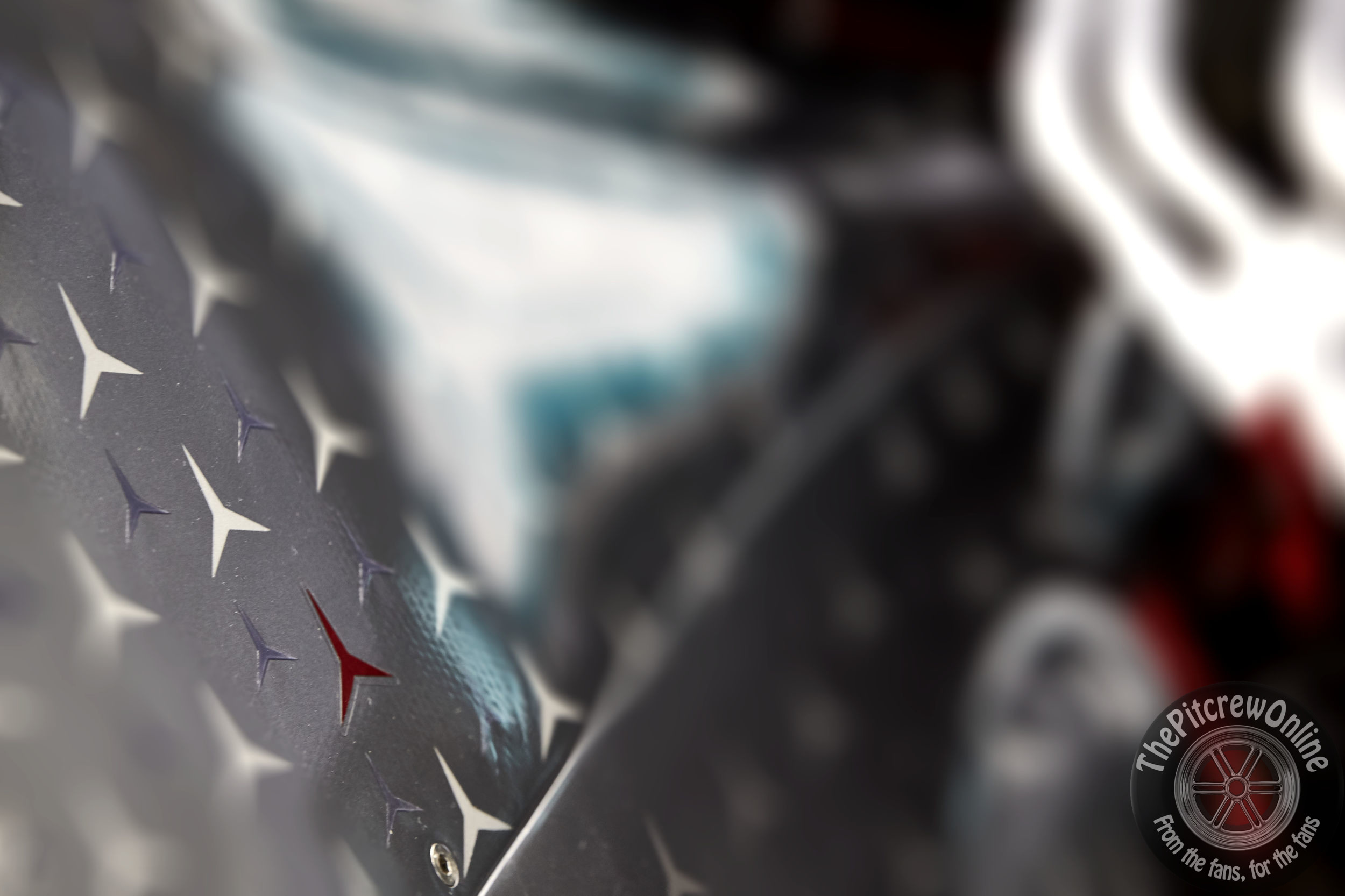
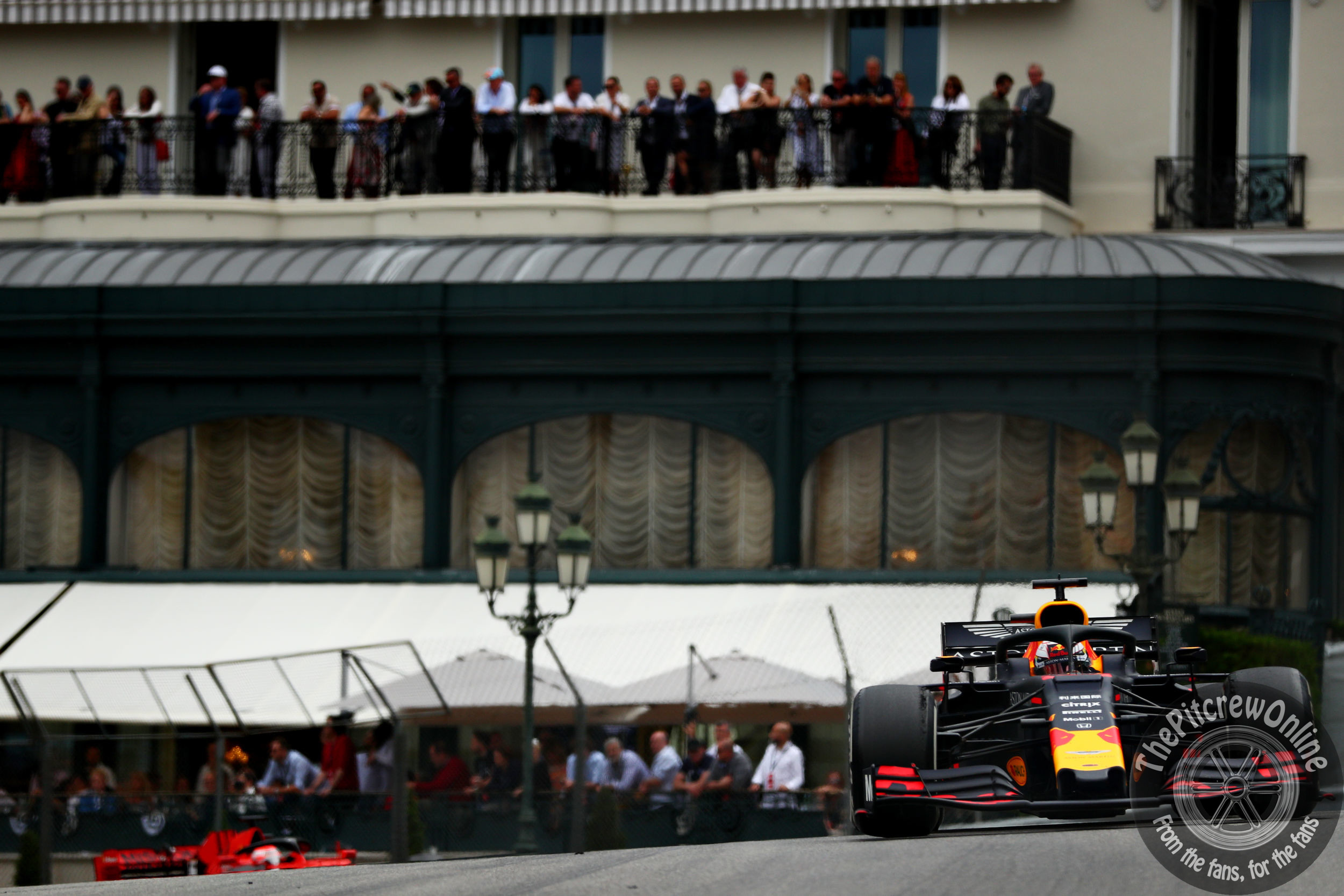
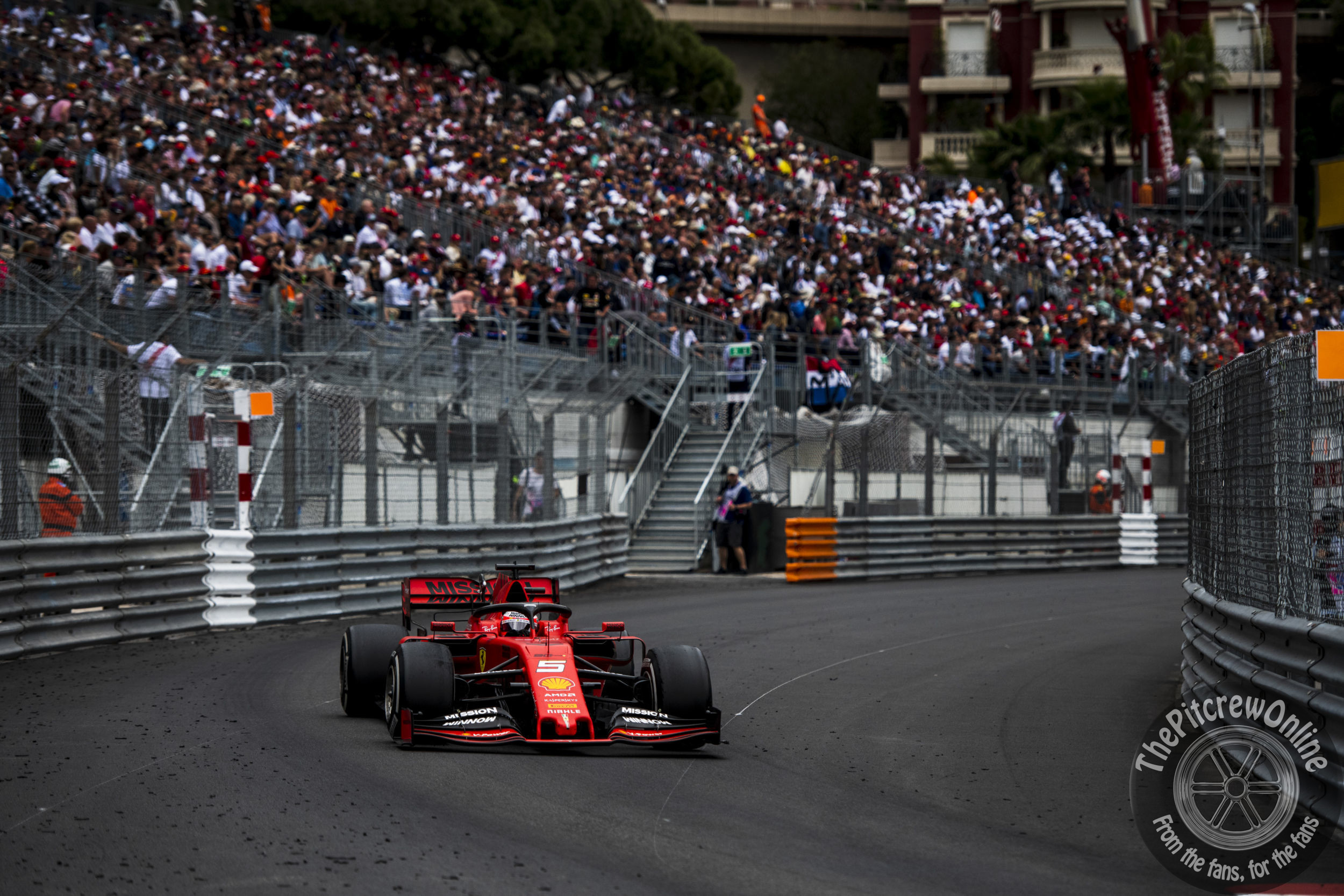
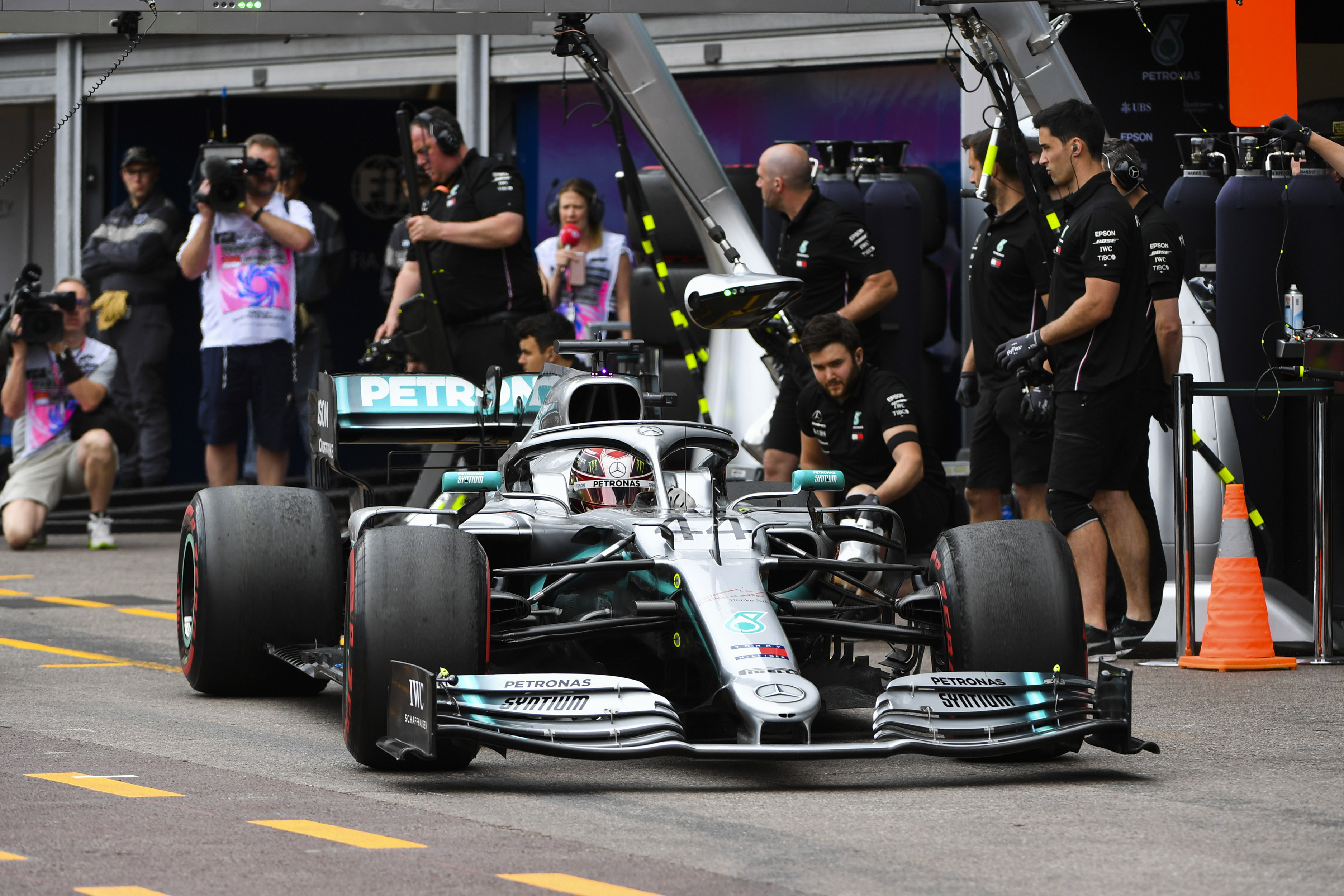
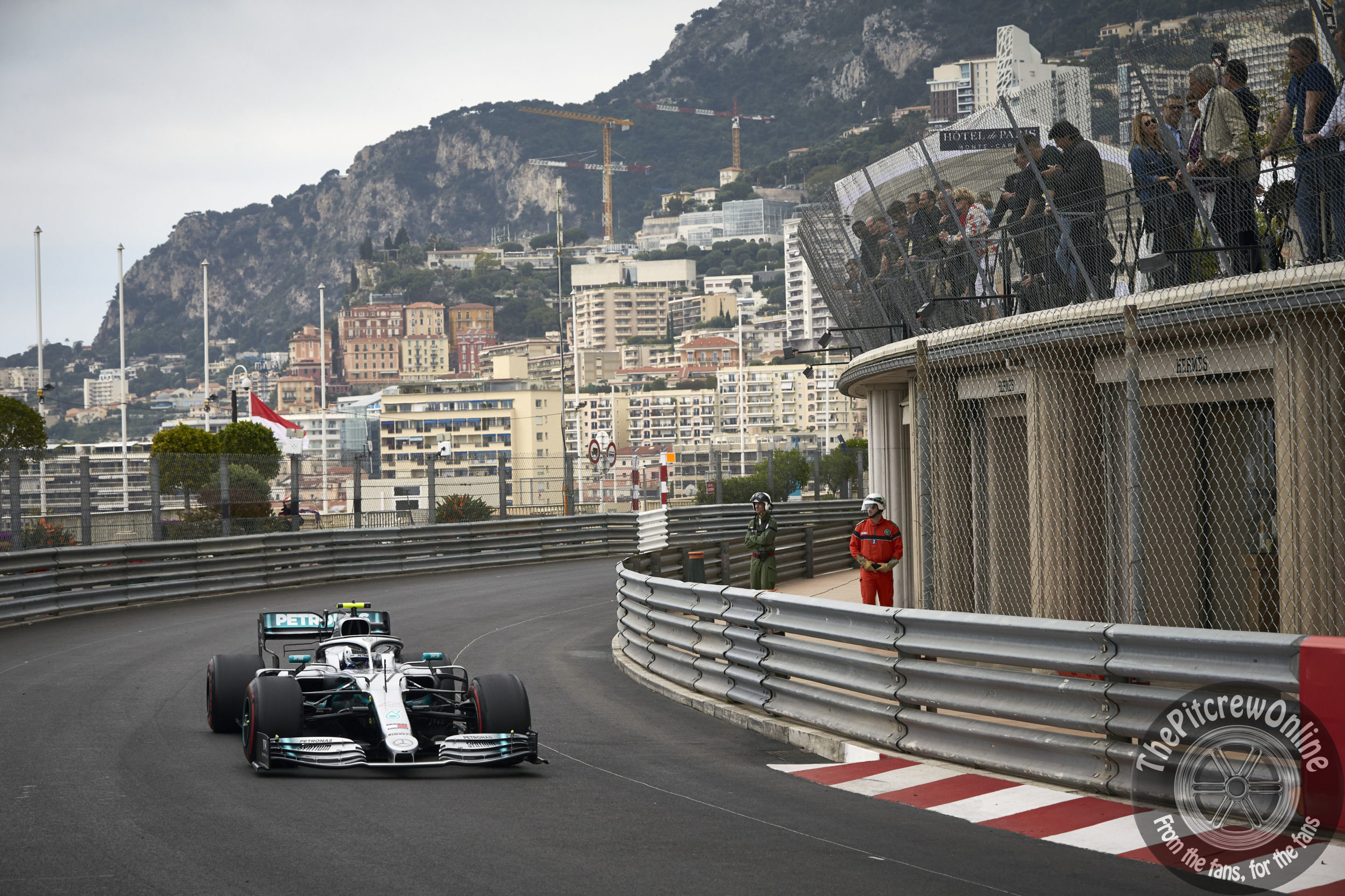
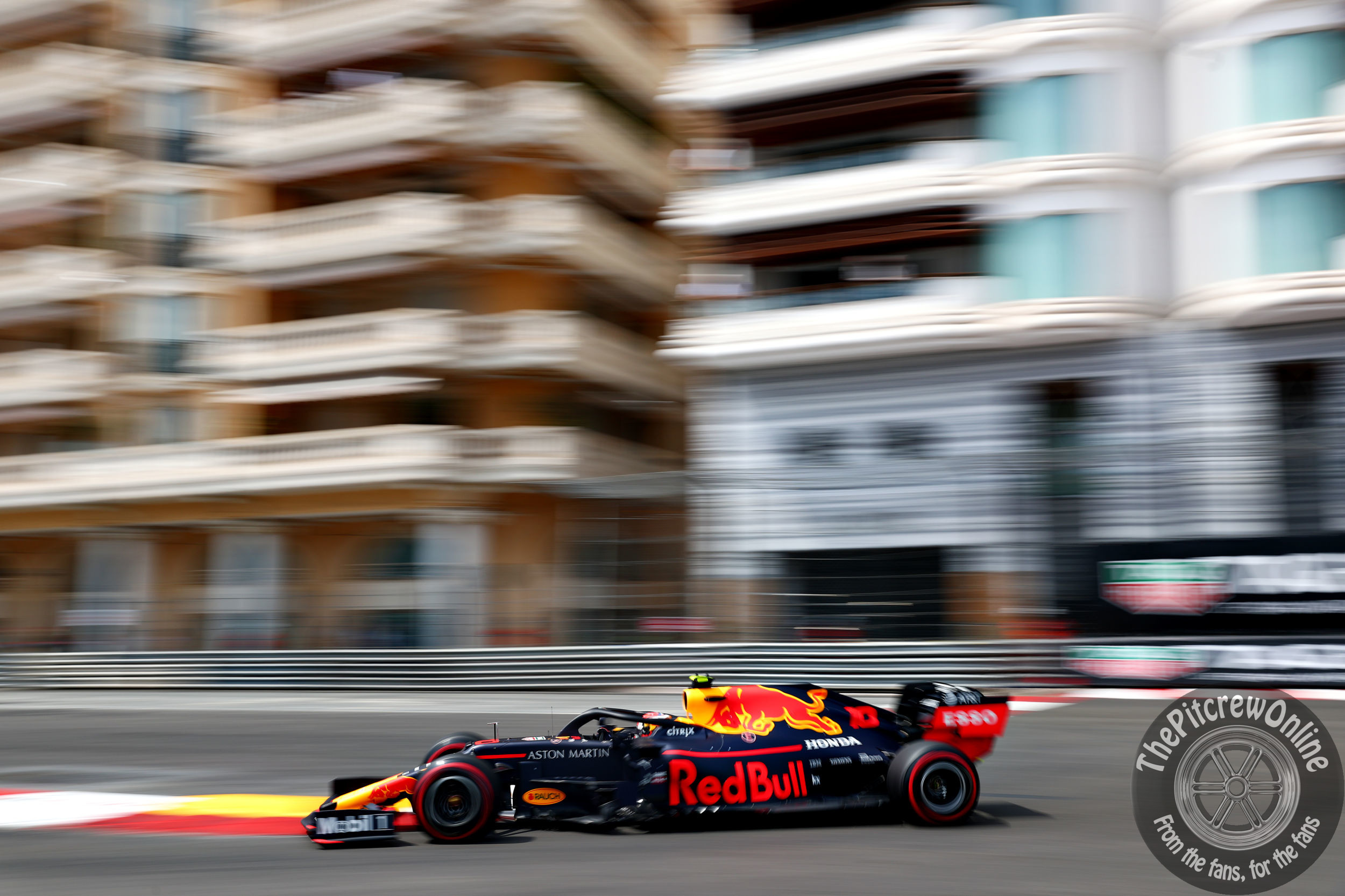
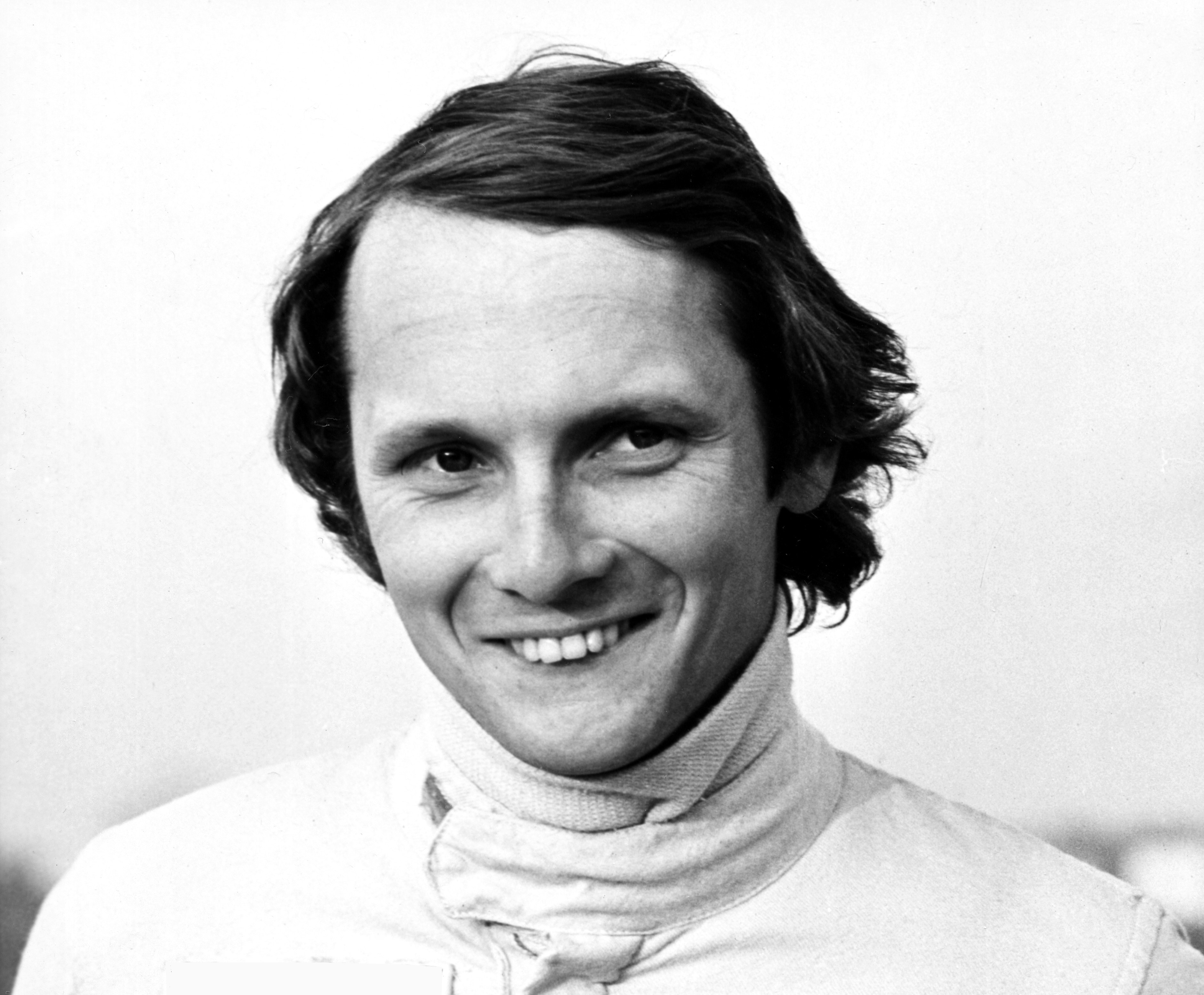
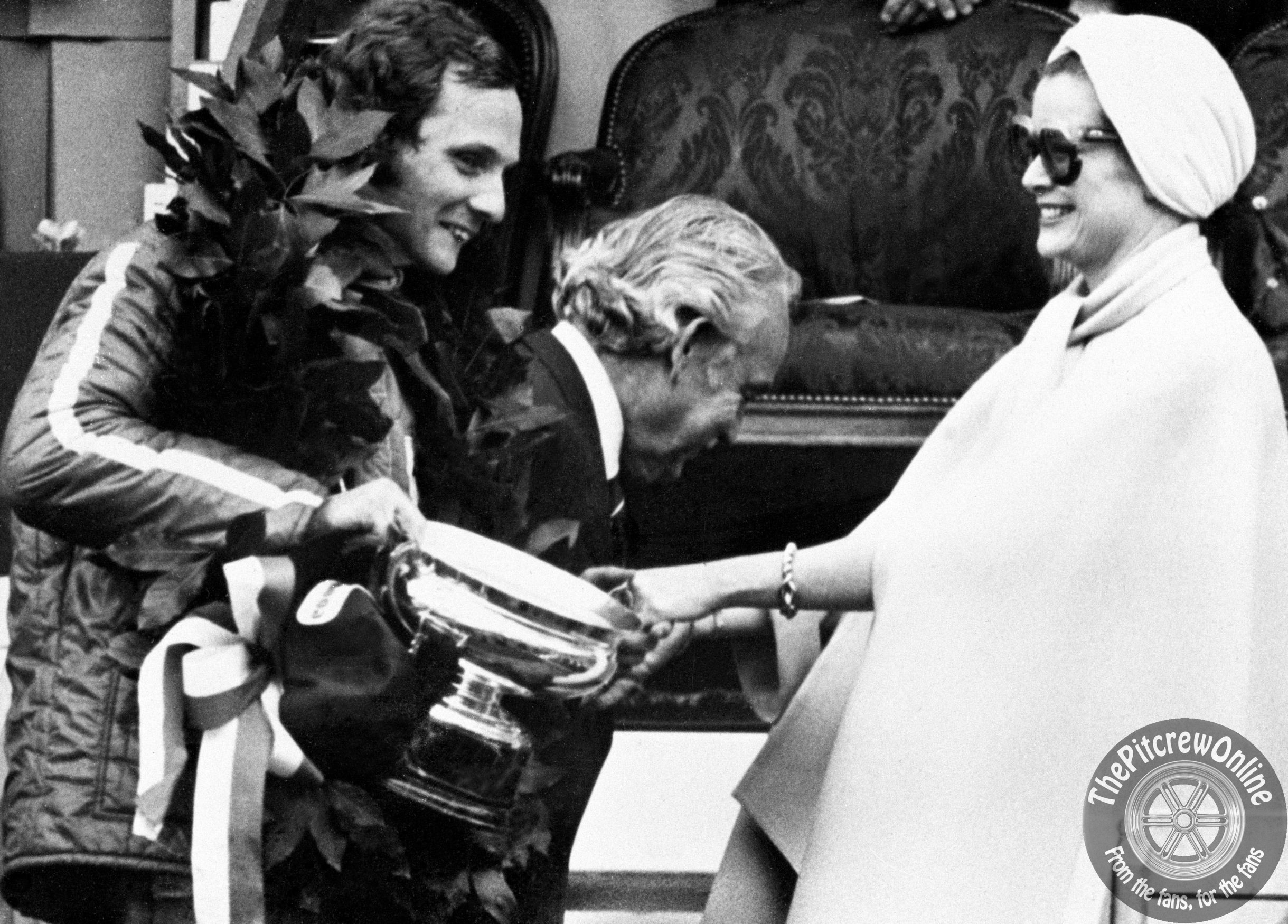
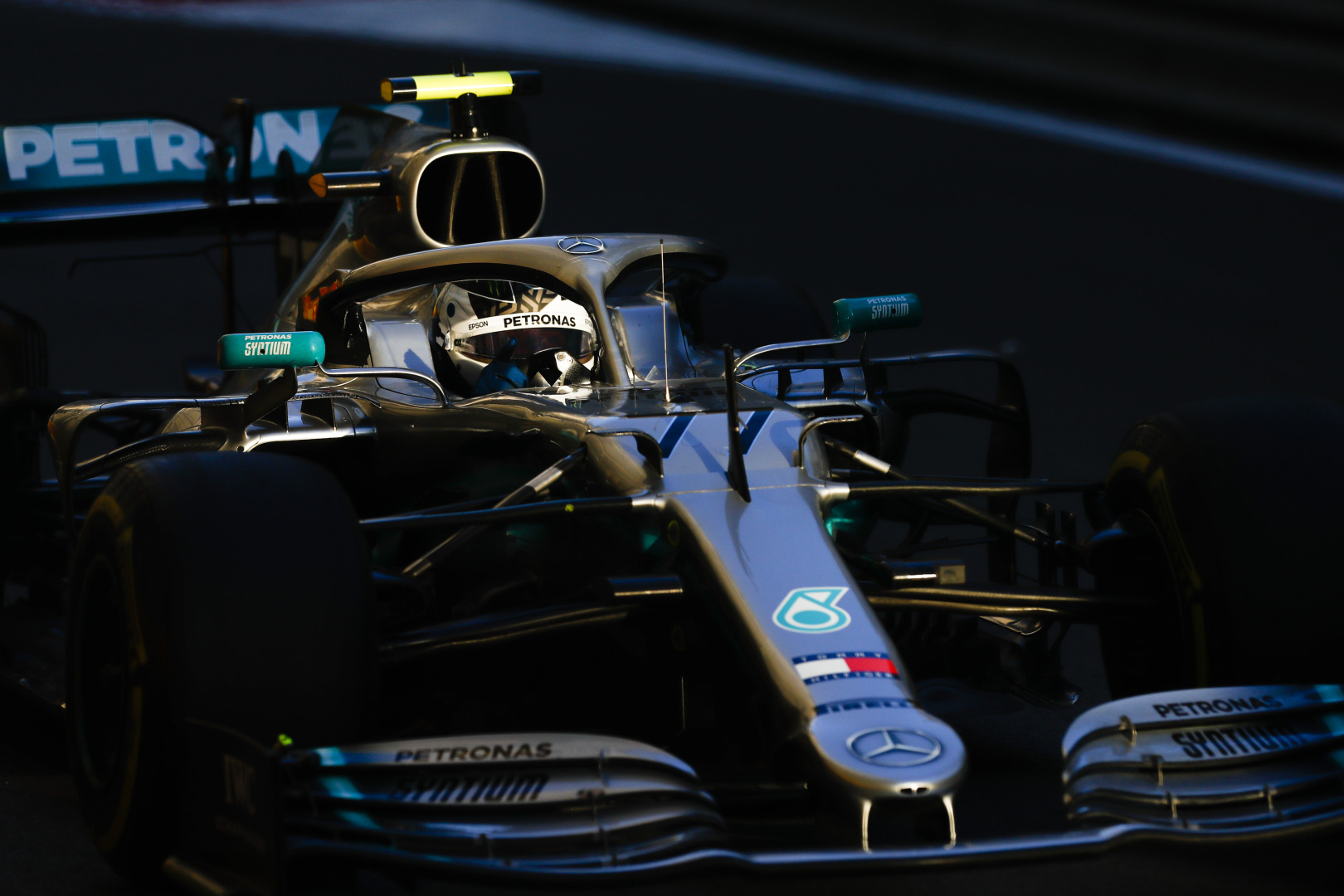
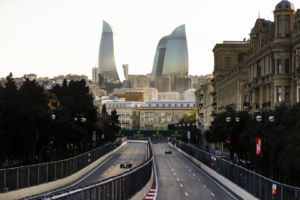
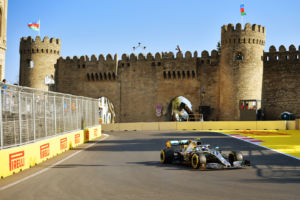
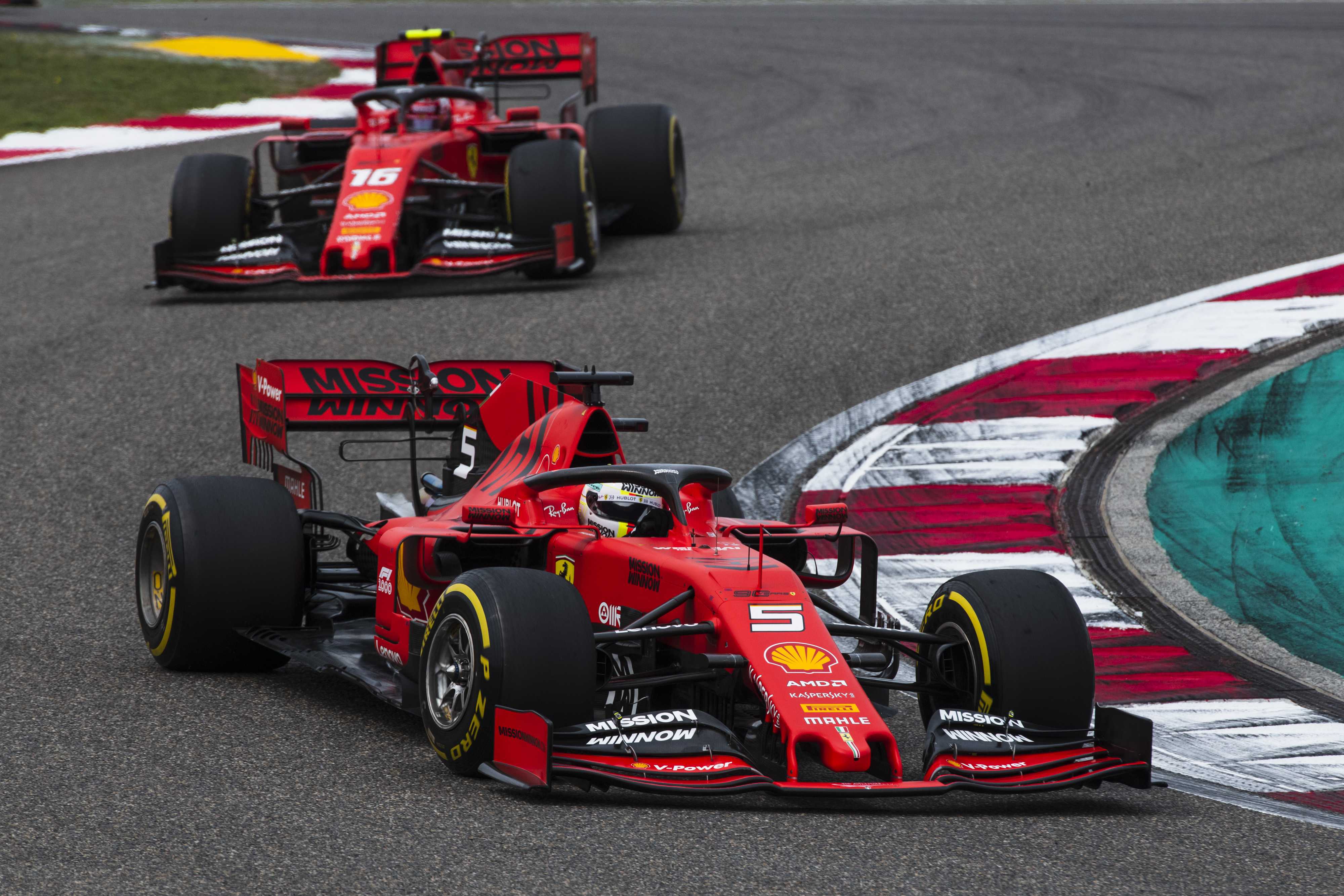
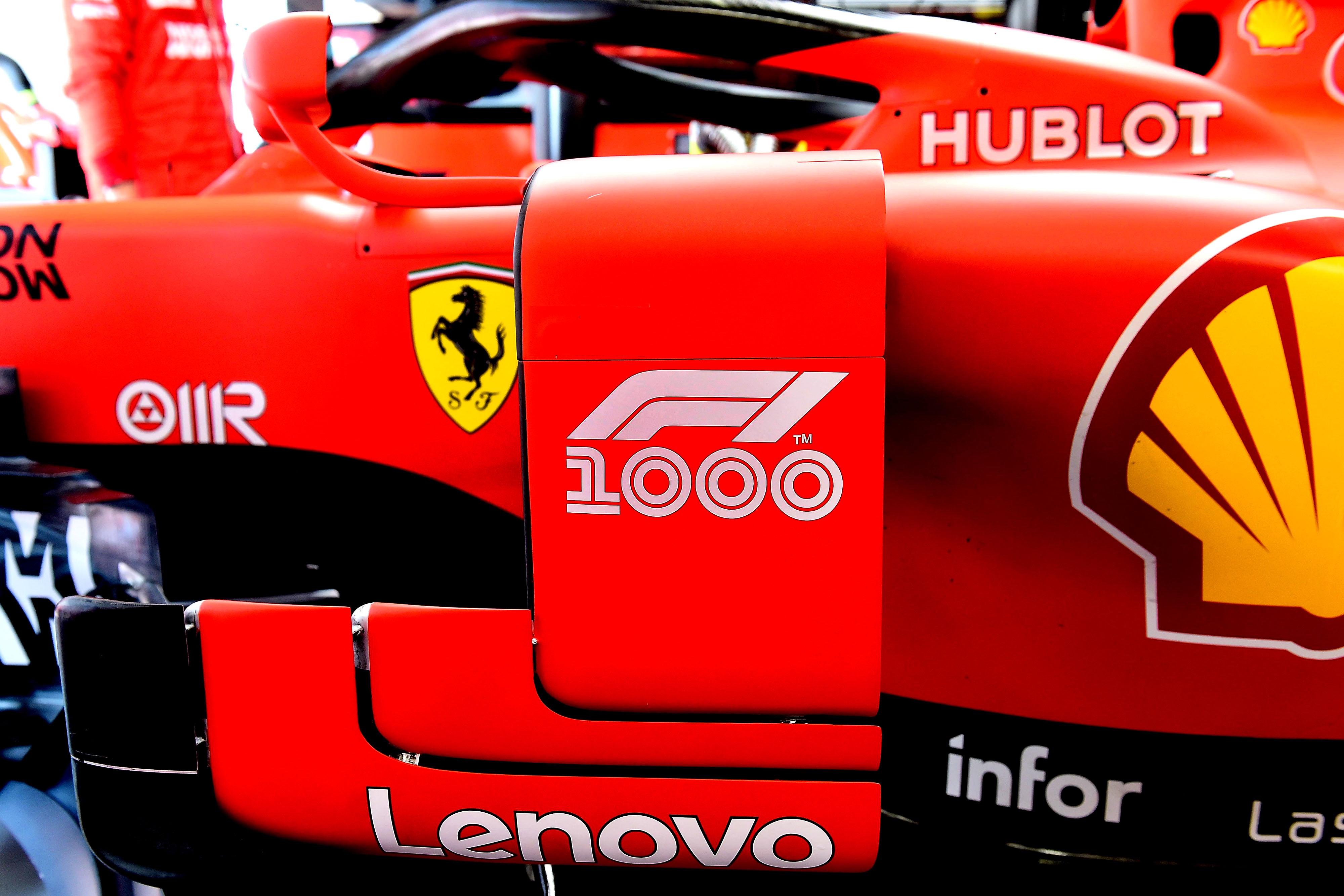 Images courtesy of Scuderia Ferrari
Images courtesy of Scuderia Ferrari